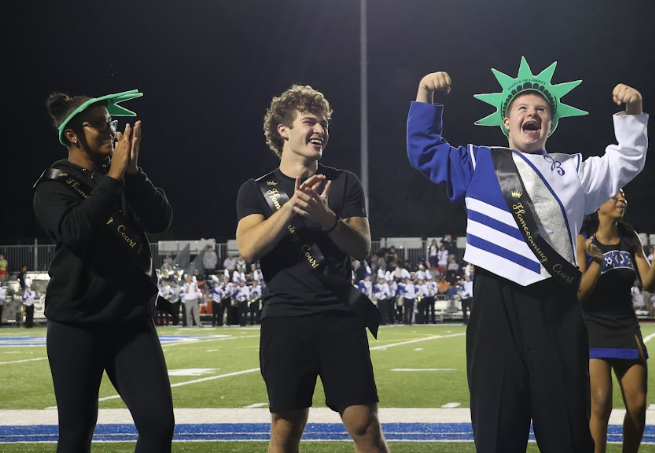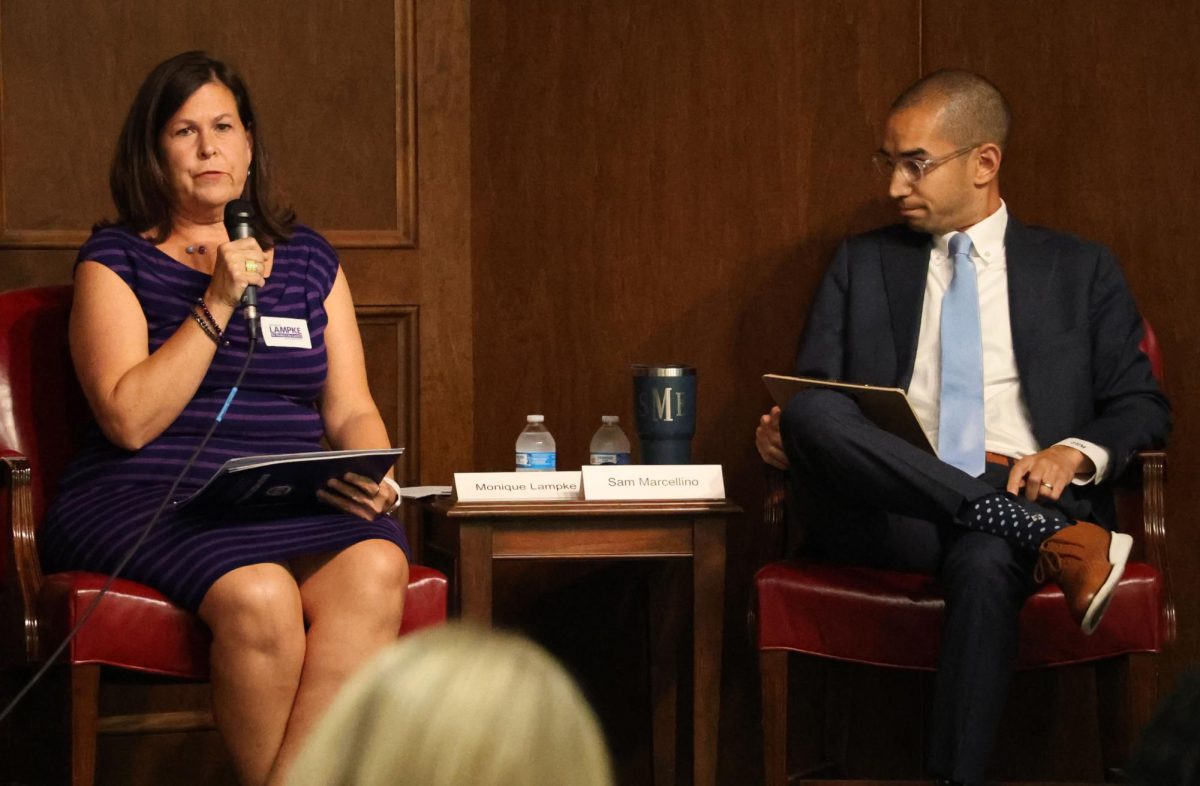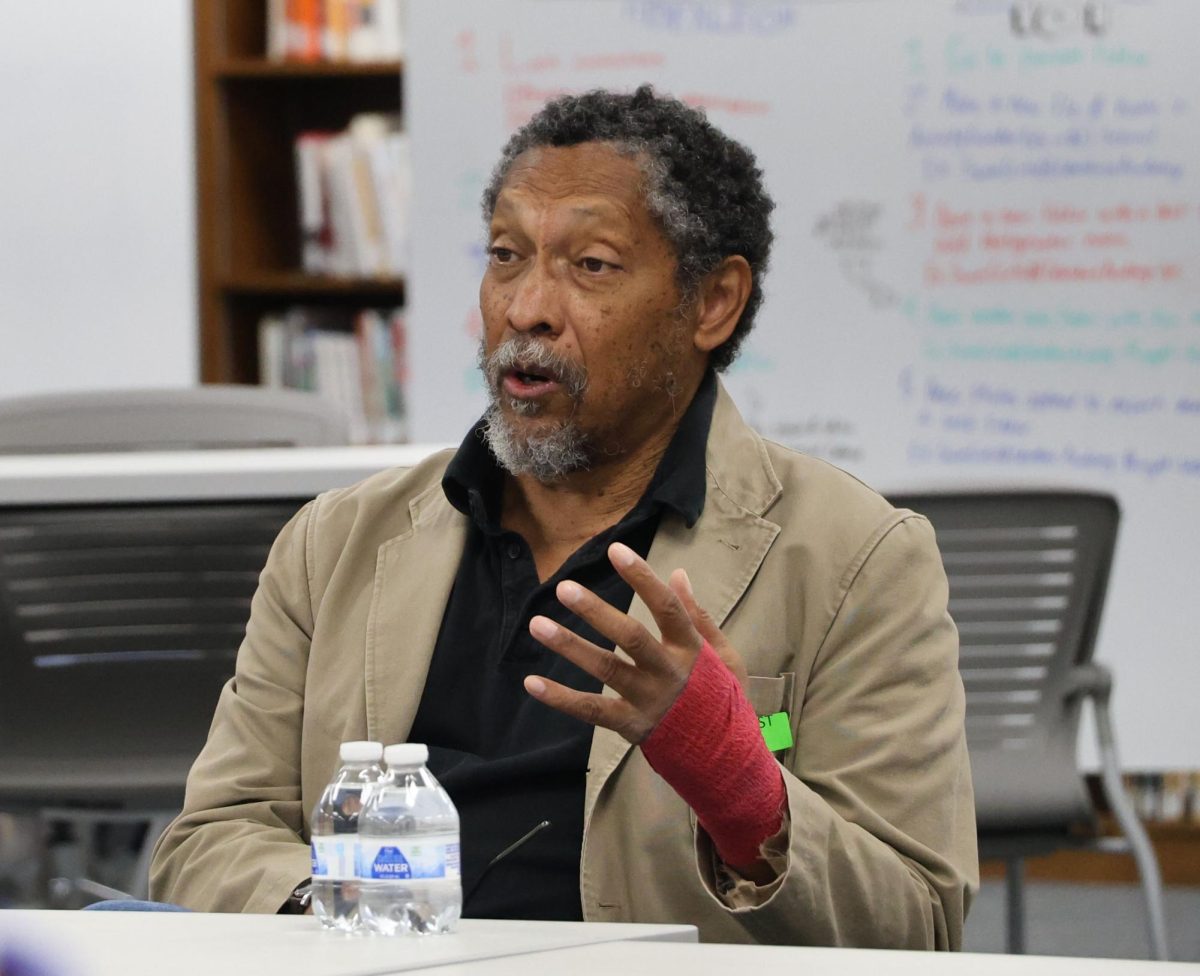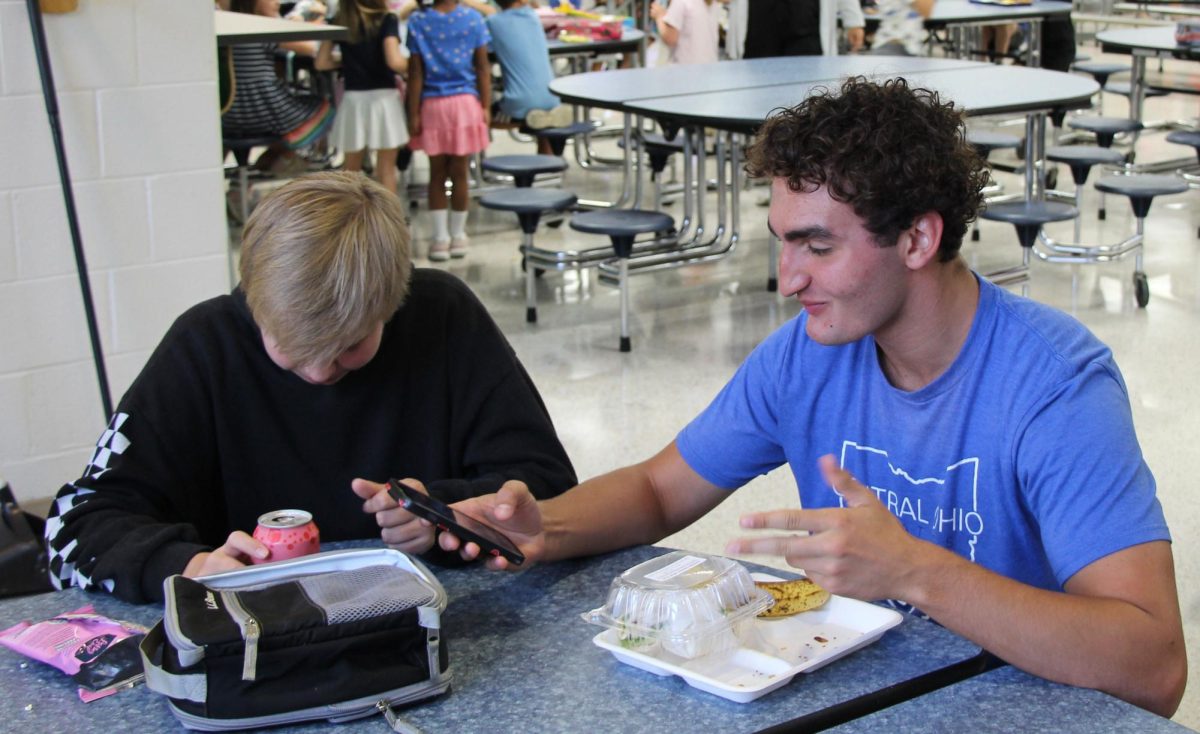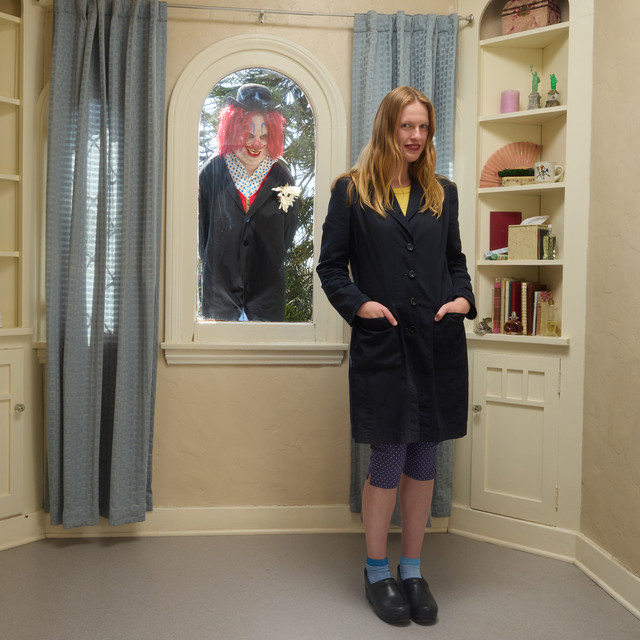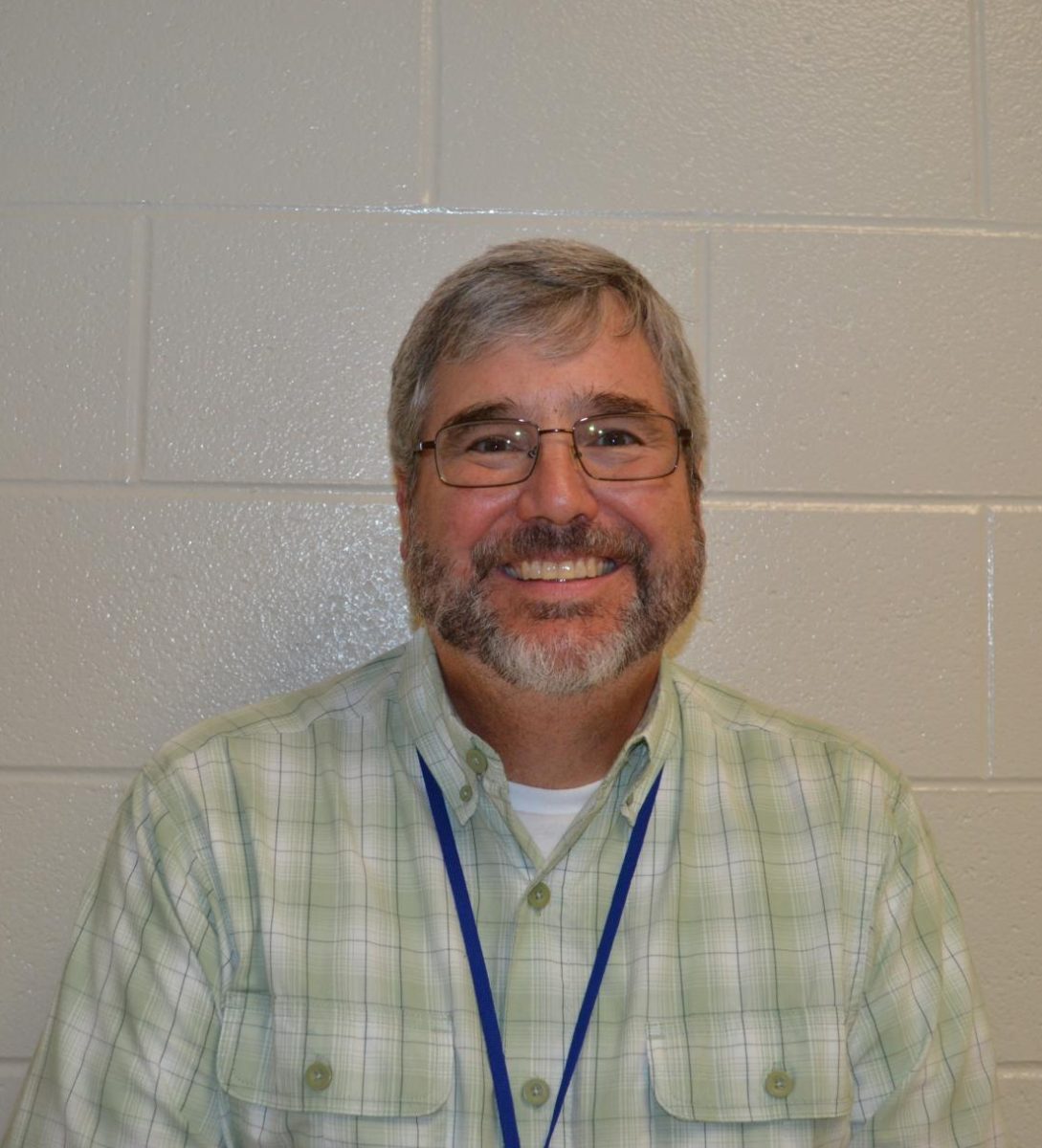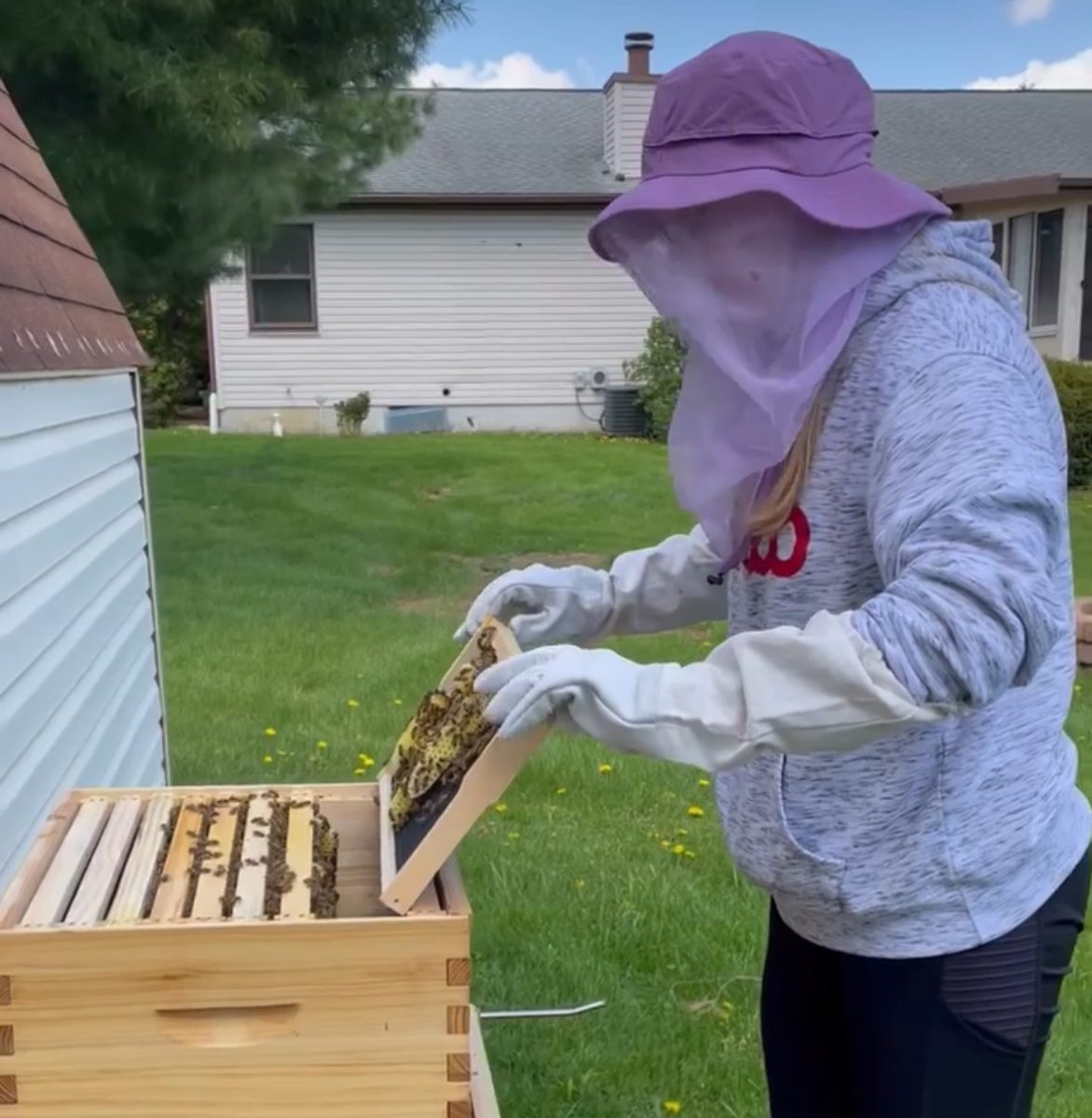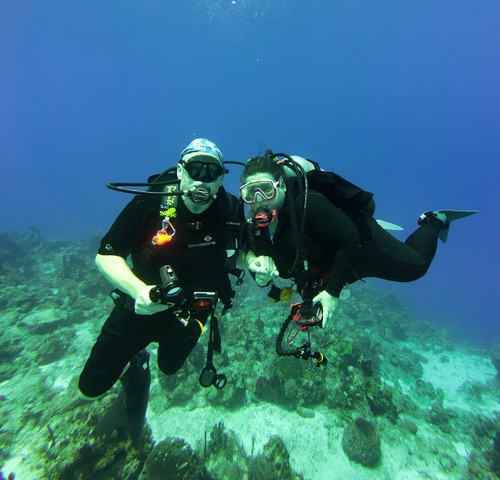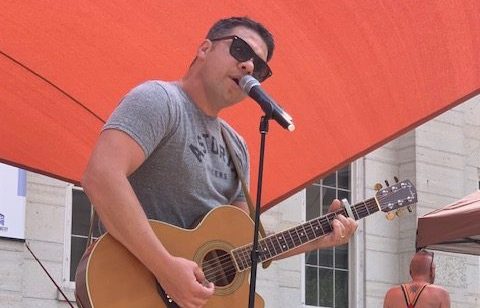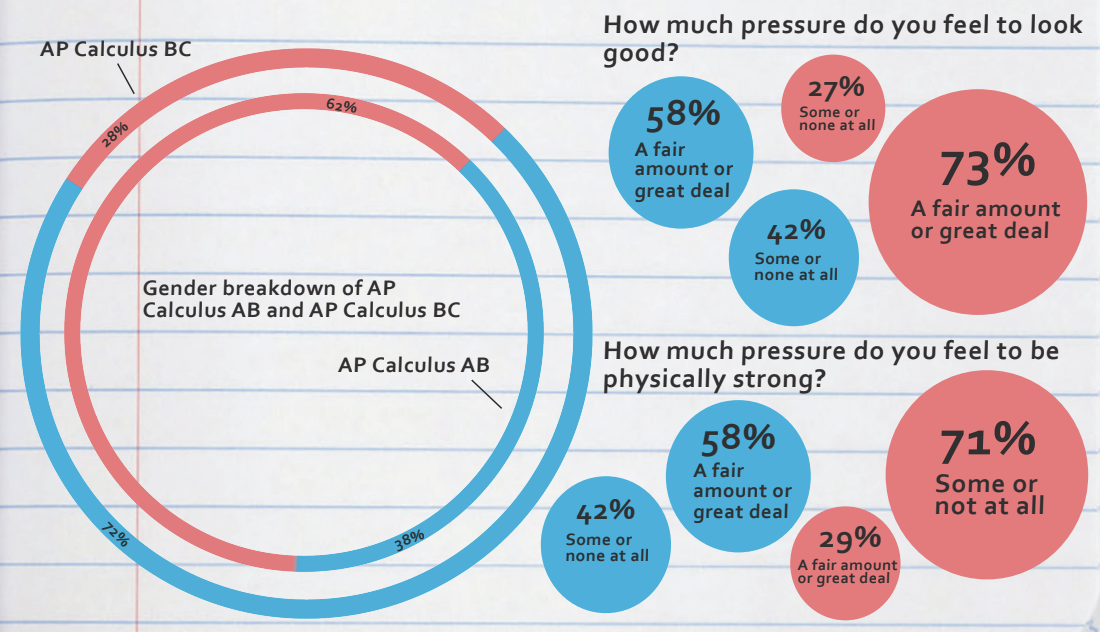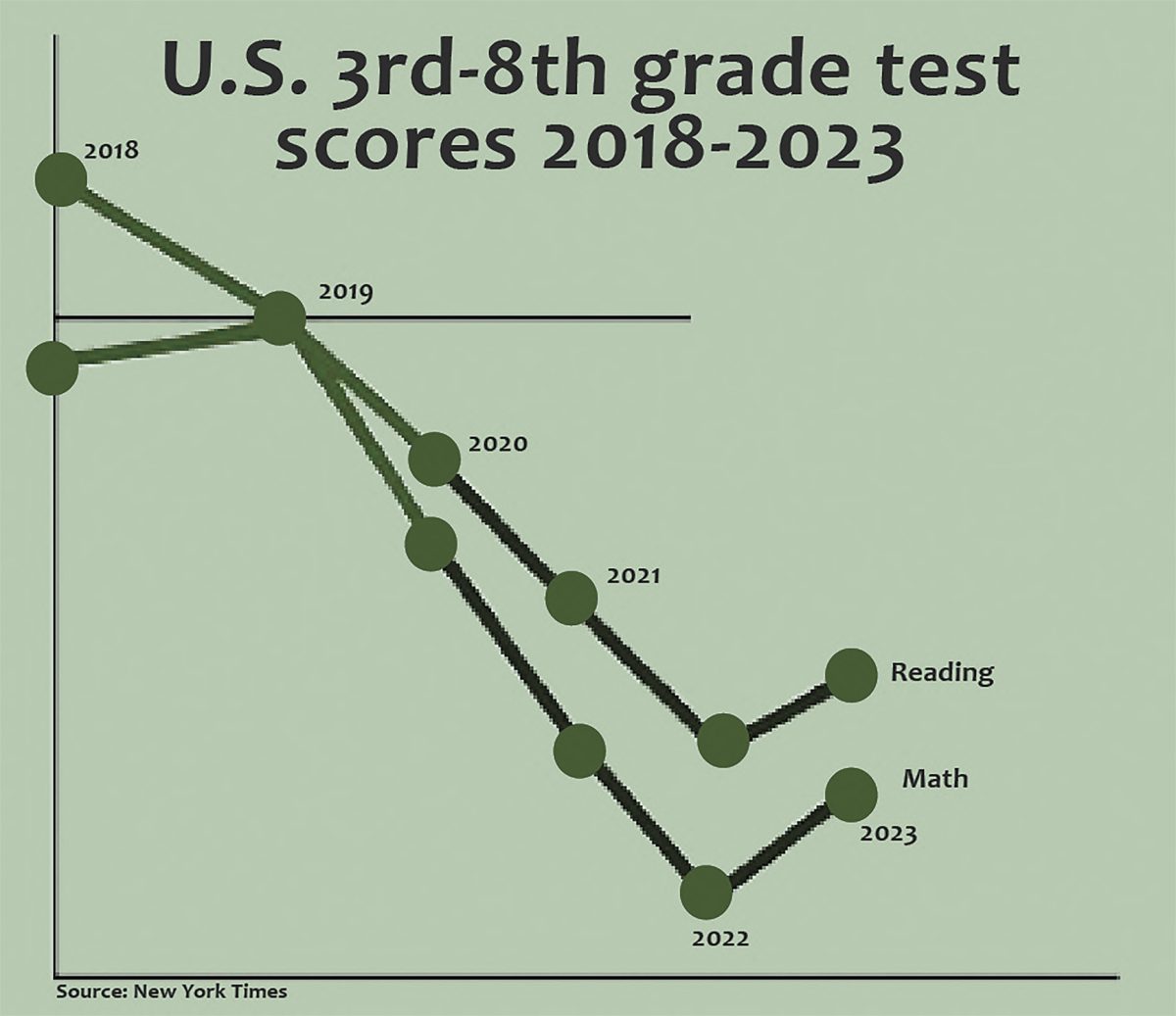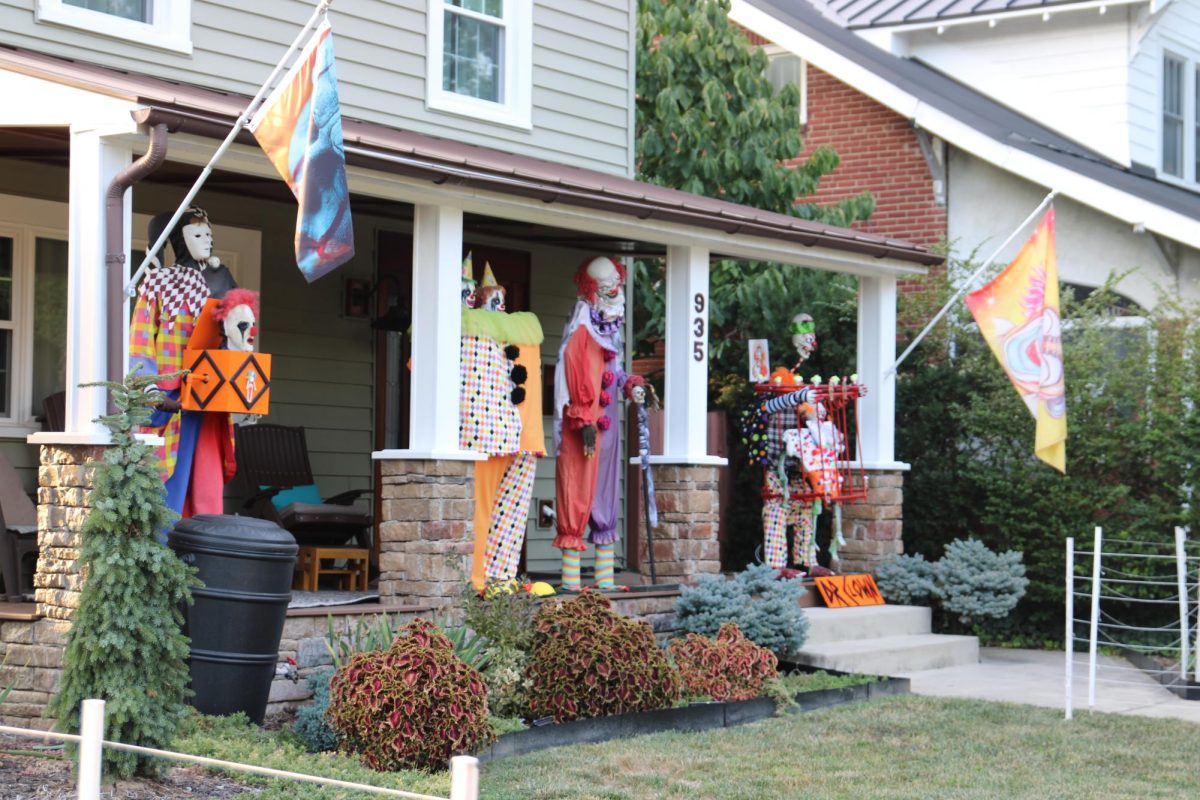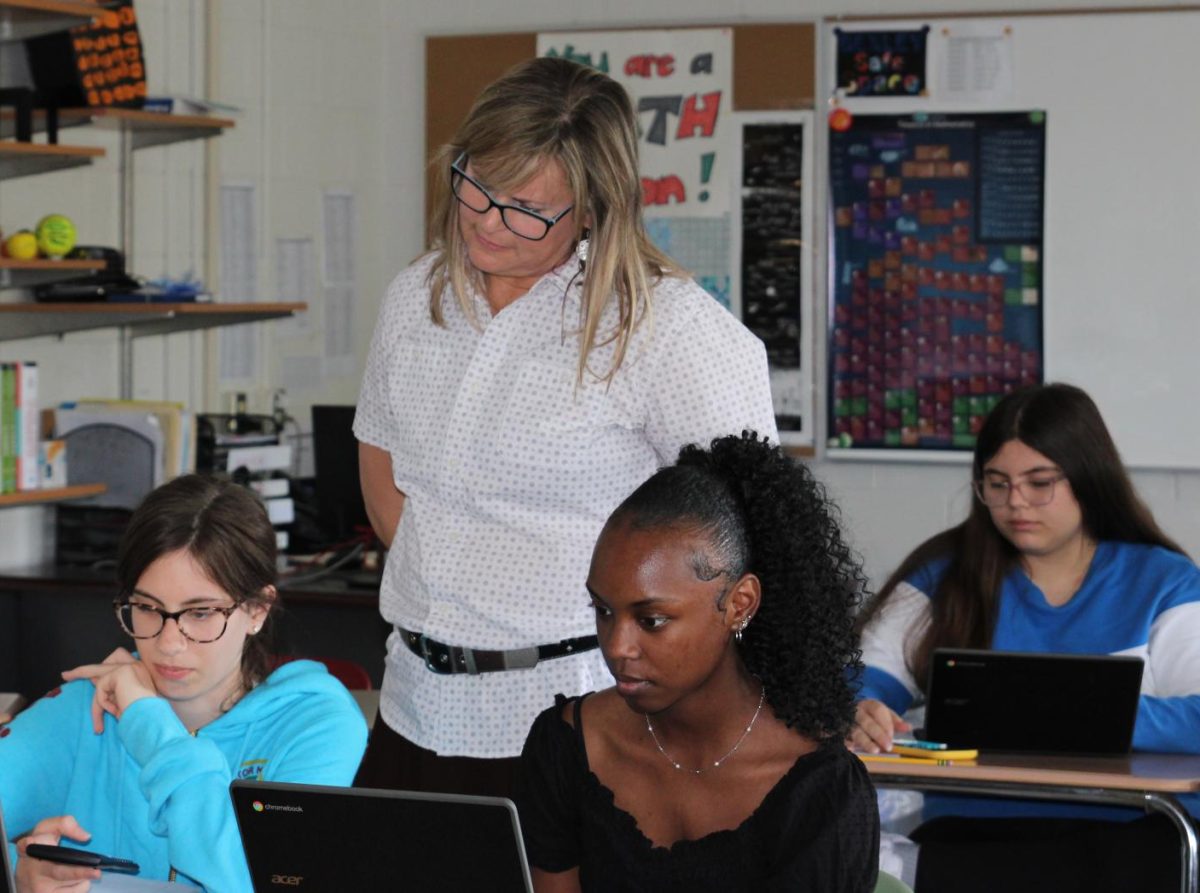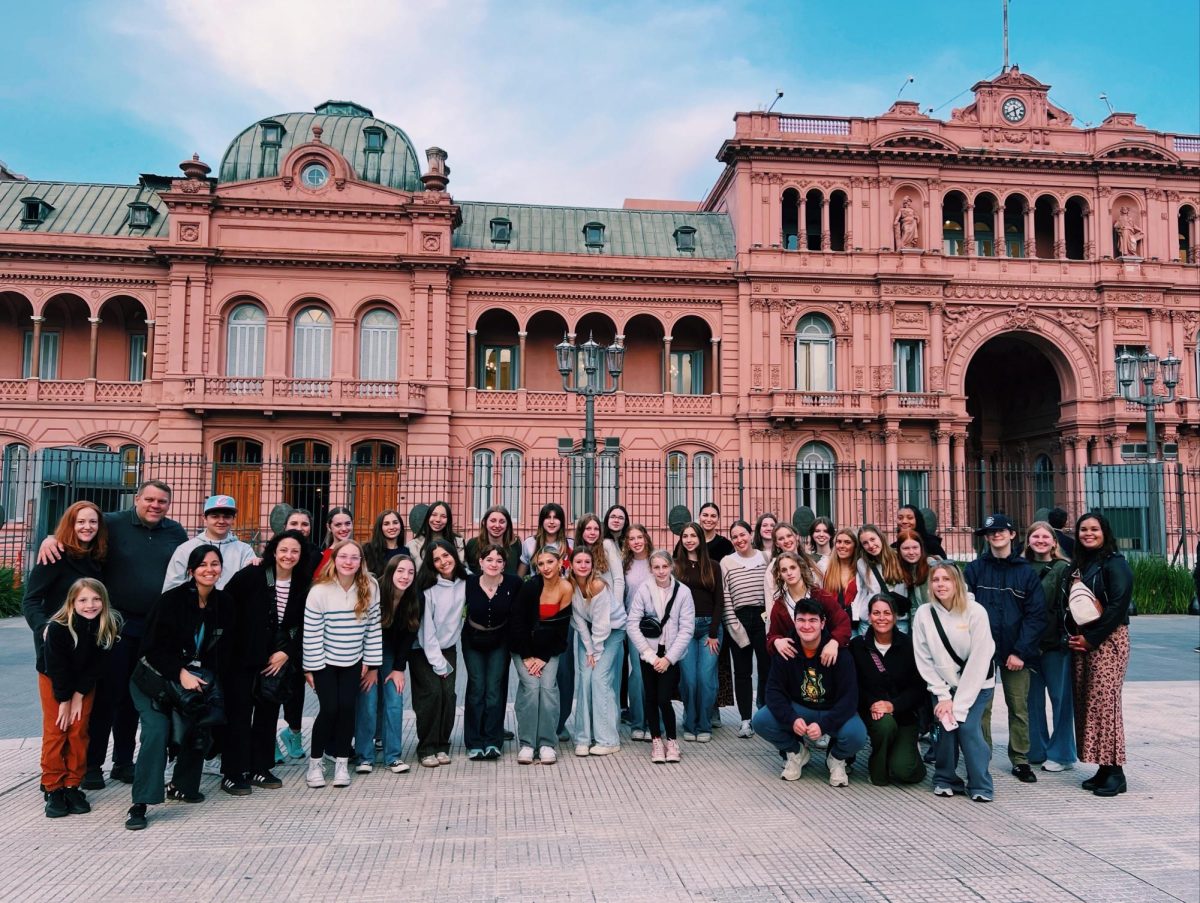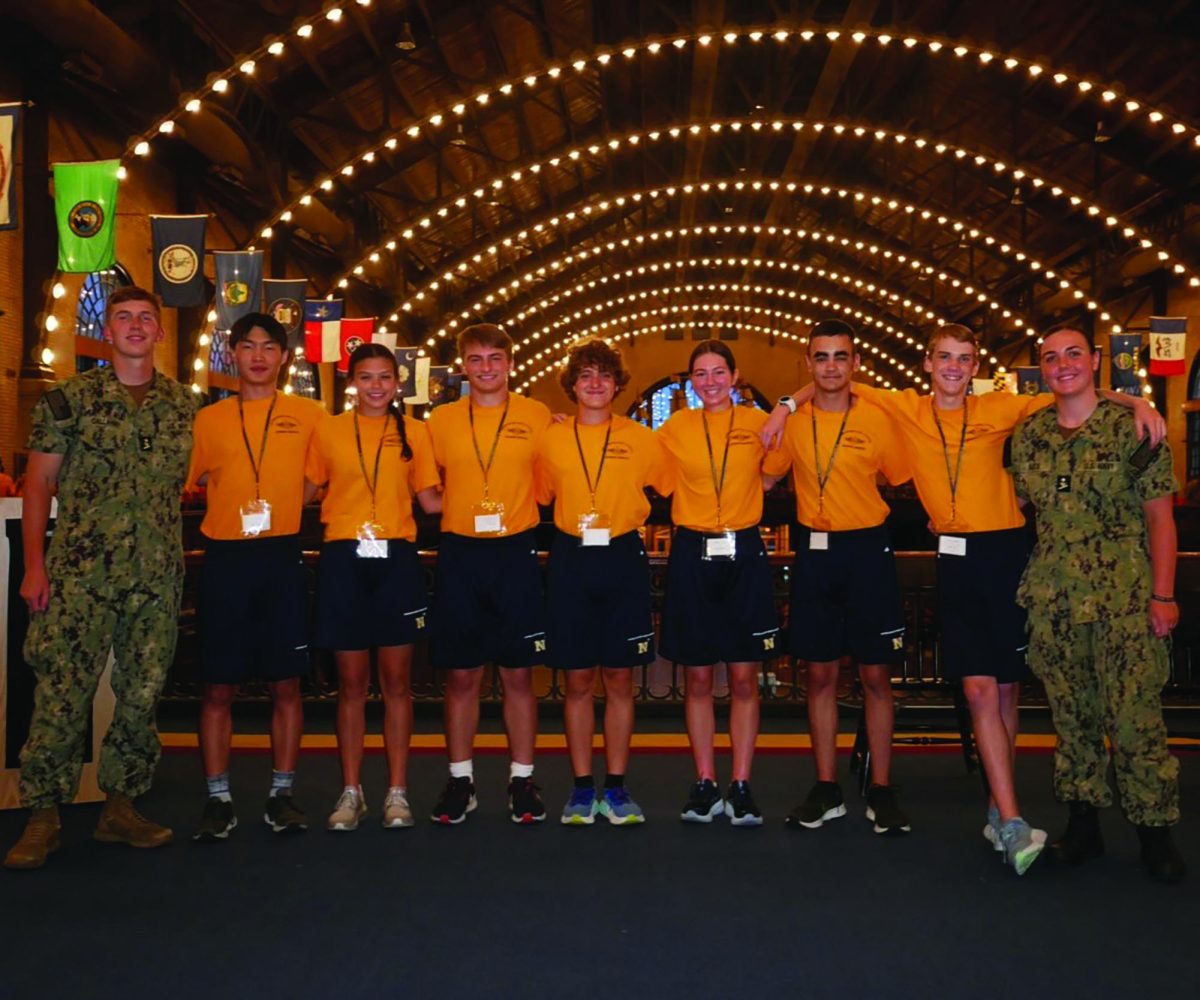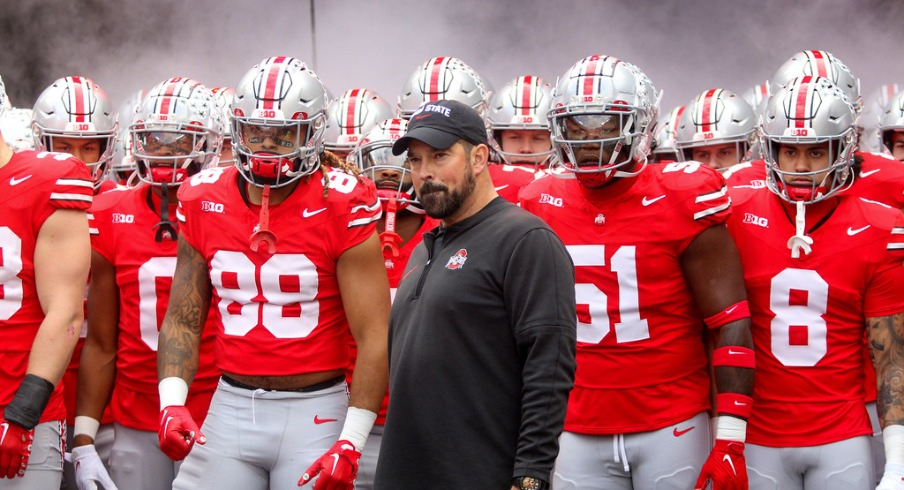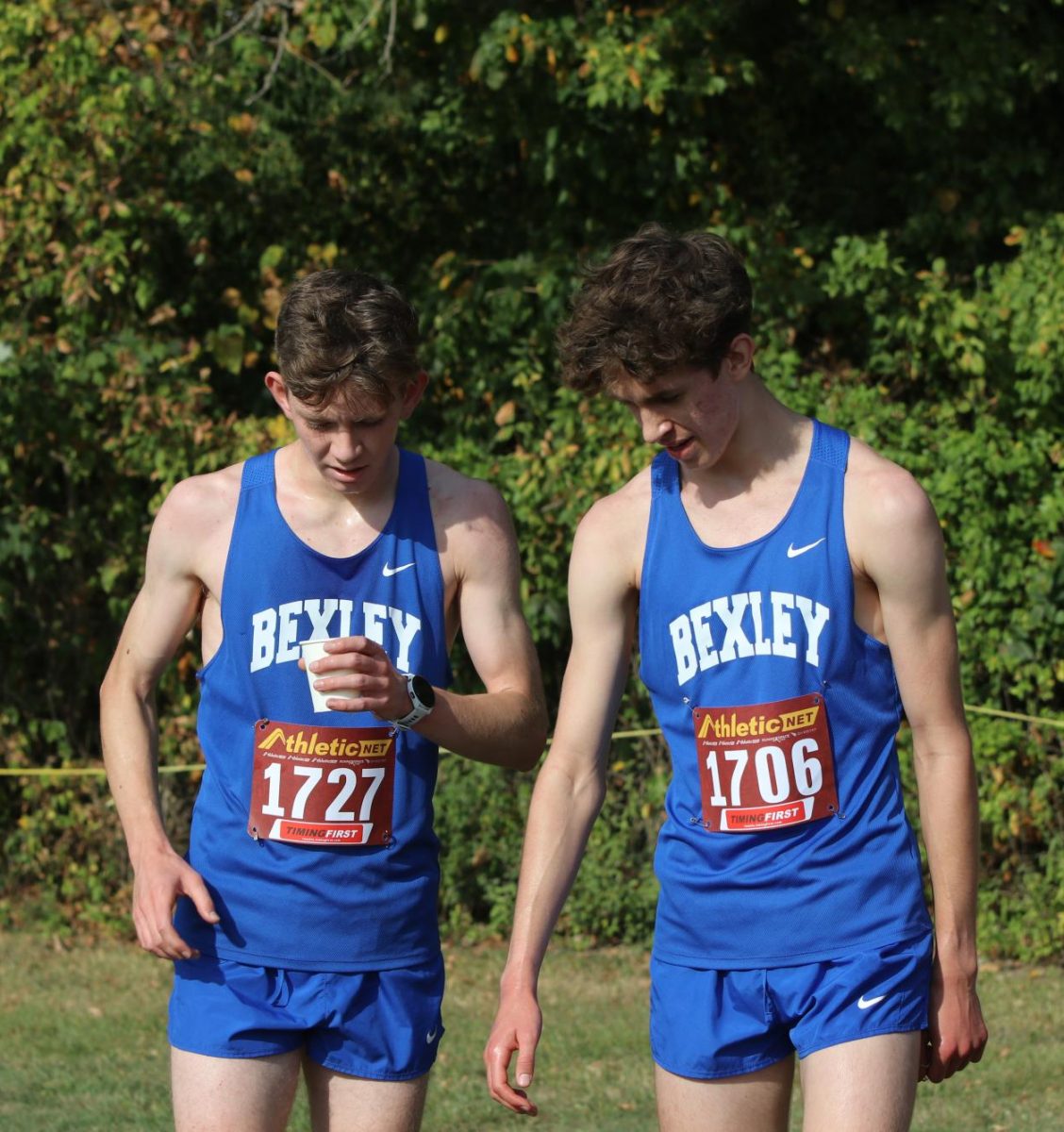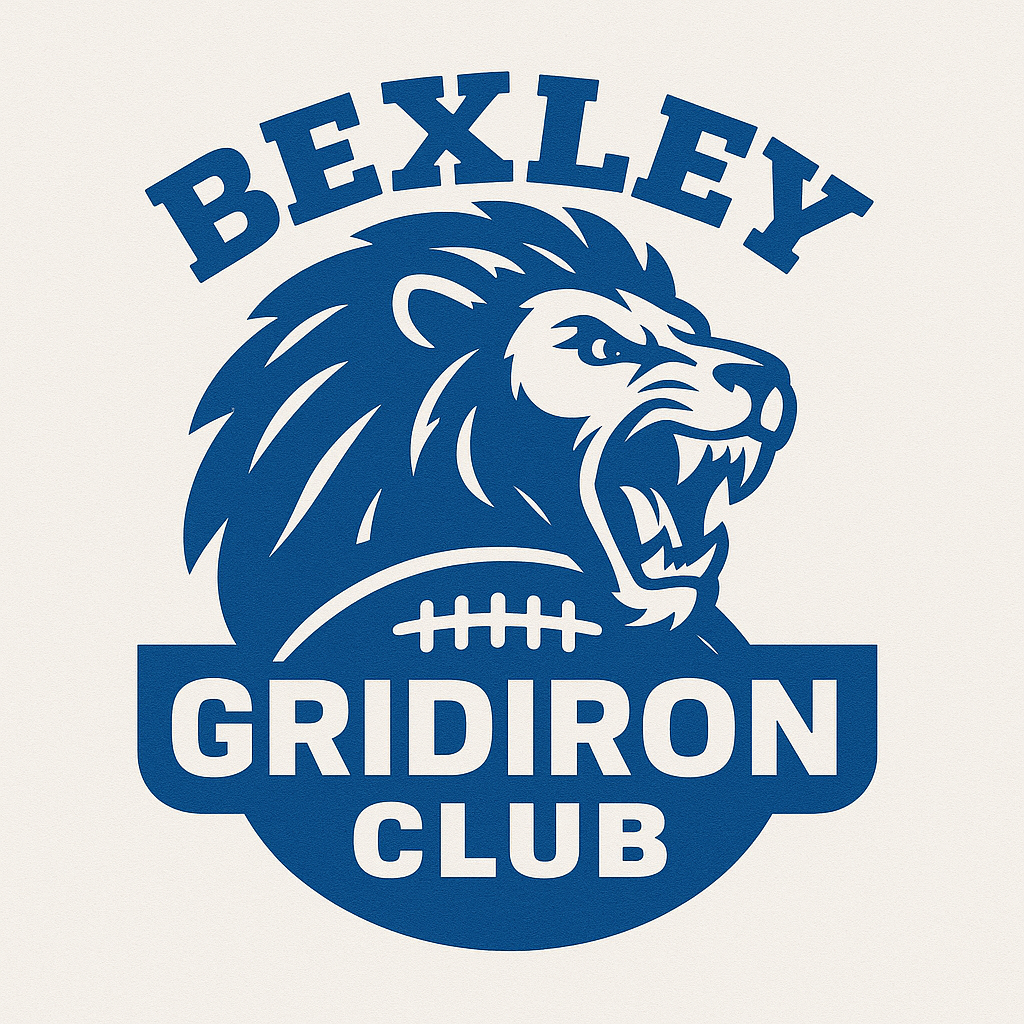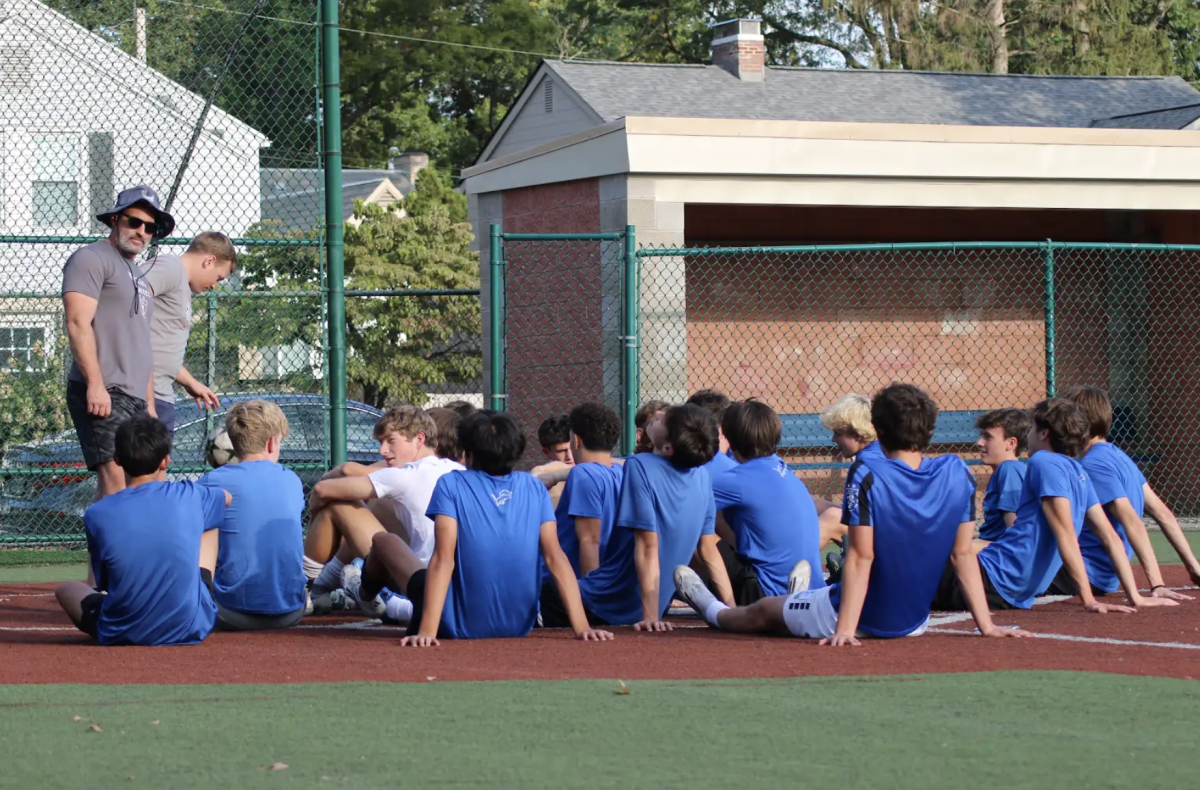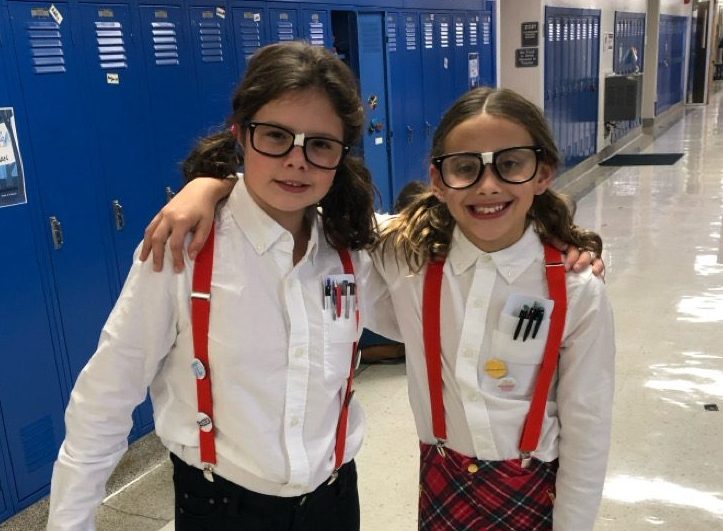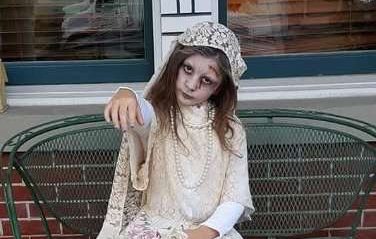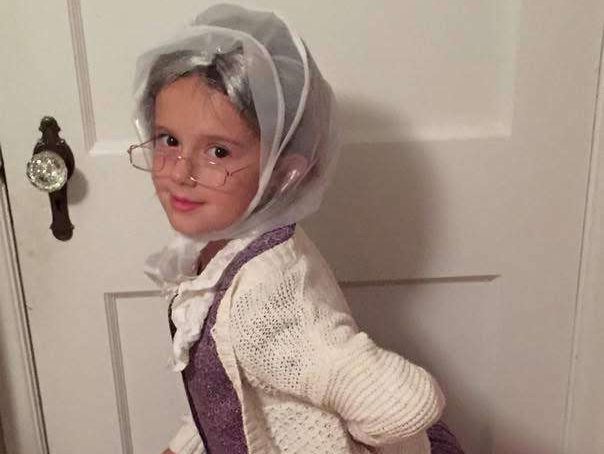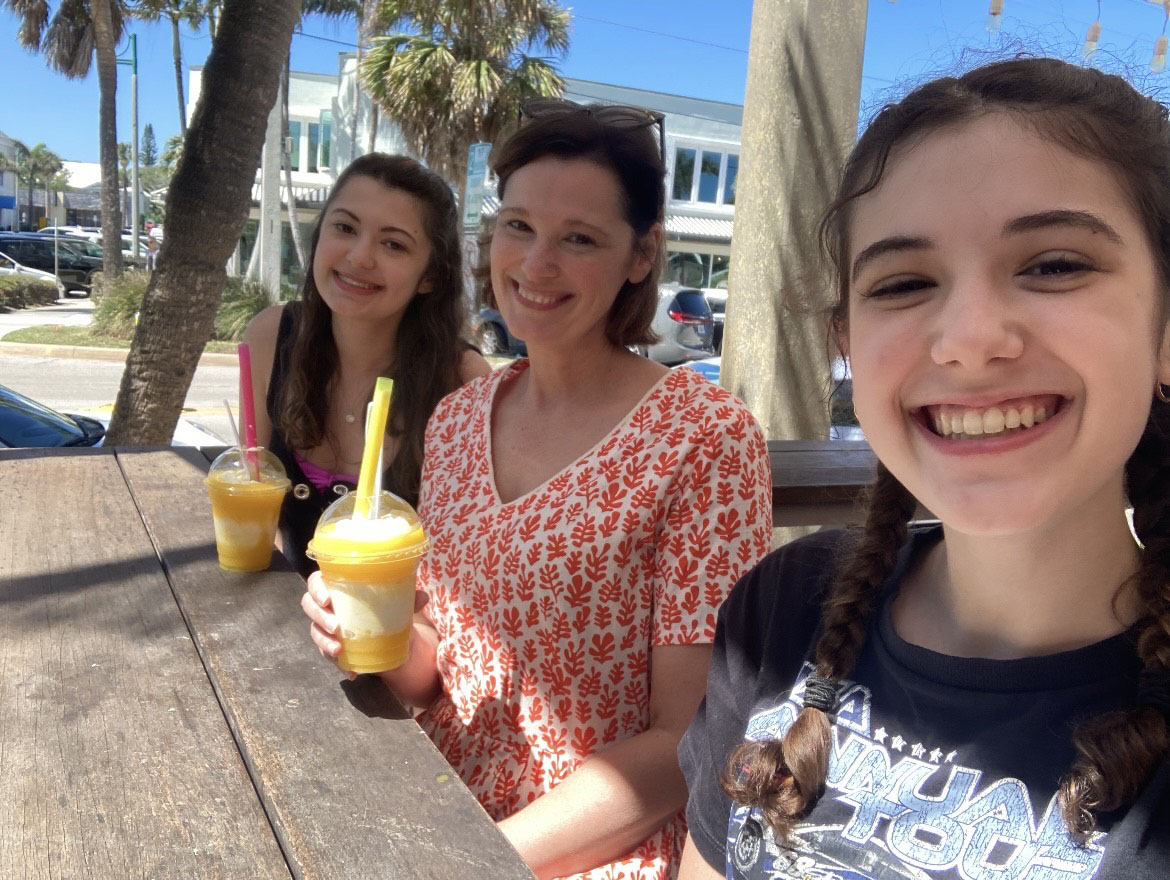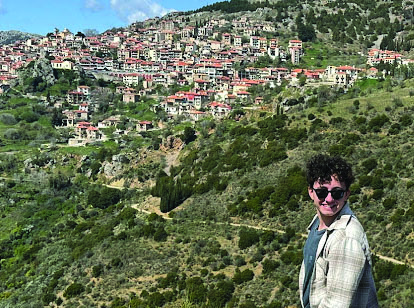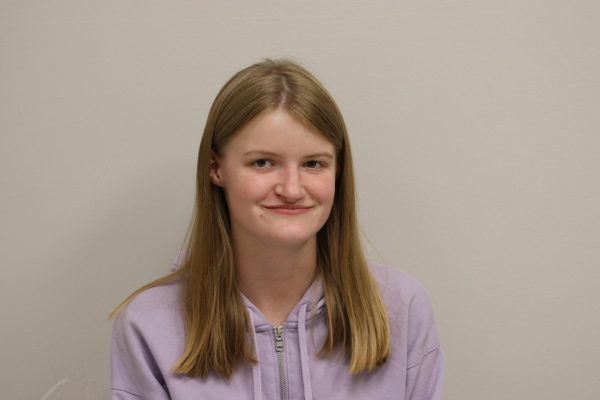While AP exams typically mark the end of an AP course’s content, that doesn’t mean the learning has stopped: after the exam, some students are coloring glass, learning about the decaffeination of coffee or exploring other course content in a new light.
AP Chemistry teacher Brandon Bright said he believes his activities after the exam allow his class to research interesting topics. He lectures about topics he thinks would be interesting as activities, like making elephant toothpaste and glass.
“We are teaching to the test,” he explained. “It’s so antithetical to the natural curiosity that drives so much science… it’s really important to give us an opportunity to pursue our curiosity, rather than just lock into what is on the test.”
AP Biology teacher Janet Mulder said she uses the time to discuss physiology and anatomy through the dissection of a fetal pig, which were previously covered in the AP course content. She believes it’s still important to expose students to the topic, she added.
AP English Language and Composition teacher Todd Phillips said he tries to maintain a stress-free environment after the exam.
Phillips said he is flexible about the order in which his students complete their assignments and adjusts the due dates to their convenience.
Social studies teacher Michael Featherstone bases his post-AP exam activities in AP Government and AP European History on what best fits his students’ personalities and what he thinks they would enjoy, he explained.
“One year, I did a political campaign competition where students created their own political parties, and students had their own political race,” he explained. “I try to tailor to my students, what they’re interested in and try to do the kinds of learning experiences that are difficult to do before.”
Bright also allows his students to decide what they want him to cover, based on a running spreadsheet of topics students are interested in, he said, and a result, topics vary greatly from one year to the next.
“This year, we are going to do our best to see a triple point, where the liquid, glass and solid phases are all coexisting,” Bright said. Additionally, Bright said he thinks teaching about a variety of concepts challenges his teaching skills, making him a better teacher.
“It gives me an opportunity to go learn something new as well and learn it in the context of how I can connect it to AP Chemistry,” he added.
Published May 2025. Digitized 2025.

